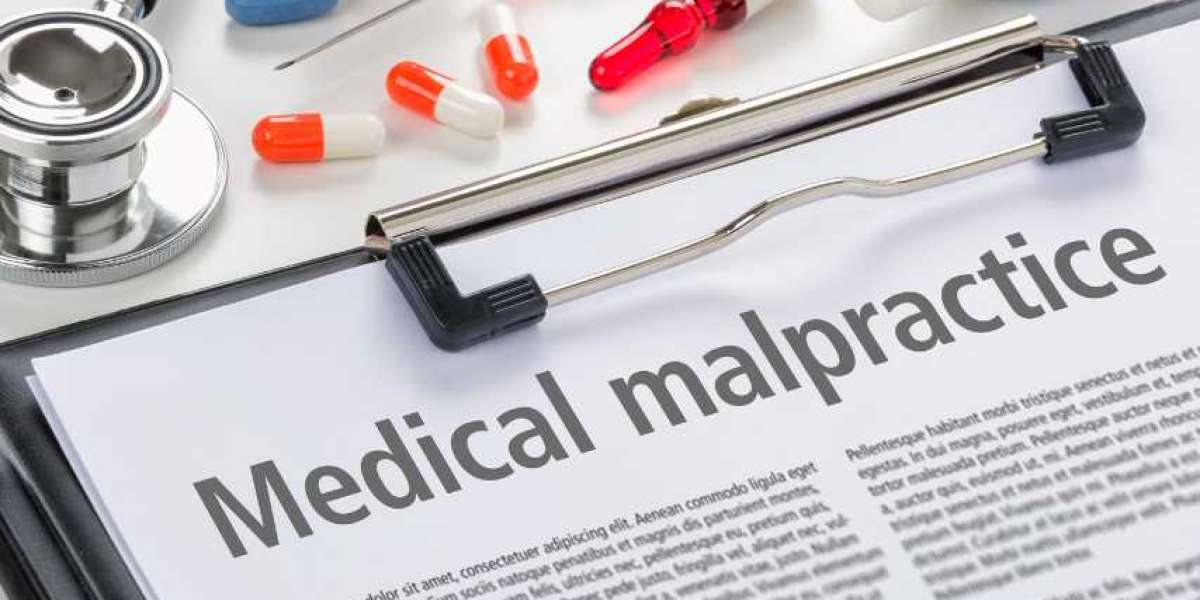Introduction
Medical malpractice is a serious issue that can have devastating effects on patients and their families. Understanding the impact of medical errors is crucial for improving healthcare systems and preventing future incidents. In this article, we will explore the various impacts of medical malpractice on patients and families, ranging from emotional trauma to financial burdens, and discuss strategies for mitigating these effects.
Understanding Medical Malpractice
Medical malpractice refers to the negligence or failure of a healthcare provider to meet the standard of care expected in their field, resulting in harm to the patient. This can include misdiagnosis, surgical errors, medication mistakes, and birth injuries, among others. For instance, a misdiagnosis leading to delayed treatment or unnecessary procedures can have severe consequences for the patient's health.
Common Forms of Medical Malpractice
Several forms of medical malpractice exist, each with its own set of risks and consequences. Examples include surgical errors such as wrong-site surgery or leaving surgical instruments inside the patient's body, medication errors involving incorrect dosage or medication administration, and obstetric malpractice resulting in birth injuries to the mother or child.
Legal Implications
Medical malpractice can lead to legal action against healthcare providers and institutions. Patients and their families have the right to seek compensation for damages incurred due to medical negligence, including medical expenses, lost wages, and pain and suffering. Legal proceedings can be lengthy and complex, adding to the emotional and financial strain experienced by victims.
Emotional Toll on Patients and Families
The emotional impact of medical malpractice on patients and their families cannot be overstated. Coping with the aftermath of a medical error often involves feelings of anger, grief, and mistrust towards healthcare providers. Patients may experience anxiety and depression, while families struggle to come to terms with the harm inflicted on their loved ones.
Financial Burden
In addition to the emotional toll, medical malpractice can impose a significant financial burden on patients and their families. The costs associated with additional medical treatments, rehabilitation, and long-term care can quickly accumulate, leading to financial hardship and bankruptcy for some individuals.
Patient Advocacy and Support
Patient advocacy and support services play a crucial role in helping victims of medical malpractice navigate the challenges they face. These organizations provide emotional support, legal guidance, and resources to empower patients and their families in seeking justice and compensation for their injuries.
Preventative Measures
Preventing medical malpractice requires a multi-faceted approach involving healthcare professionals, institutions, policymakers, and patients themselves. Strategies may include improving communication and teamwork among healthcare providers, implementing evidence-based practices, and promoting transparency and accountability within healthcare organizations.
Case Studies
Examining real-life case studies of medical malpractice can shed light on the complexities and consequences of healthcare errors. By analyzing these cases, healthcare professionals can identify common pitfalls and implement preventive measures to minimize the risk of similar incidents in the future.
Impact on Trust in Healthcare
Medical malpractice erodes trust in the healthcare system, undermining patients' confidence in their providers and institutions. Restoring trust requires transparency, accountability, and a commitment to learning from past mistakes to prevent their recurrence.
Government Regulations
Government regulations play a crucial role in addressing medical malpractice and ensuring patient safety. Regulatory agencies set standards of care, oversee healthcare practices, and enforce laws designed to protect patients from harm. However, regulatory frameworks vary by jurisdiction, highlighting the need for comprehensive and uniform standards across healthcare systems.
Educational Campaigns
Educational campaigns are essential for raising awareness about medical malpractice and empowering patients to advocate for their rights. By providing information on common types of medical errors, preventive measures, and available support resources, these campaigns help individuals make informed decisions about their healthcare.
Support Resources for Victims
Victims of medical malpractice can benefit from a range of support resources, including legal aid organizations, patient advocacy groups, and mental health services. These resources offer guidance, counseling, and practical assistance to help individuals navigate the challenges of pursuing justice and rebuilding their lives after a medical error.
Conclusion
In conclusion, medical malpractice has far-reaching impacts on patients and their families, encompassing emotional, financial, and legal consequences. By raising awareness, promoting transparency, and advocating for patient rights, we can work towards preventing medical errors and ensuring safer healthcare practices for all.



